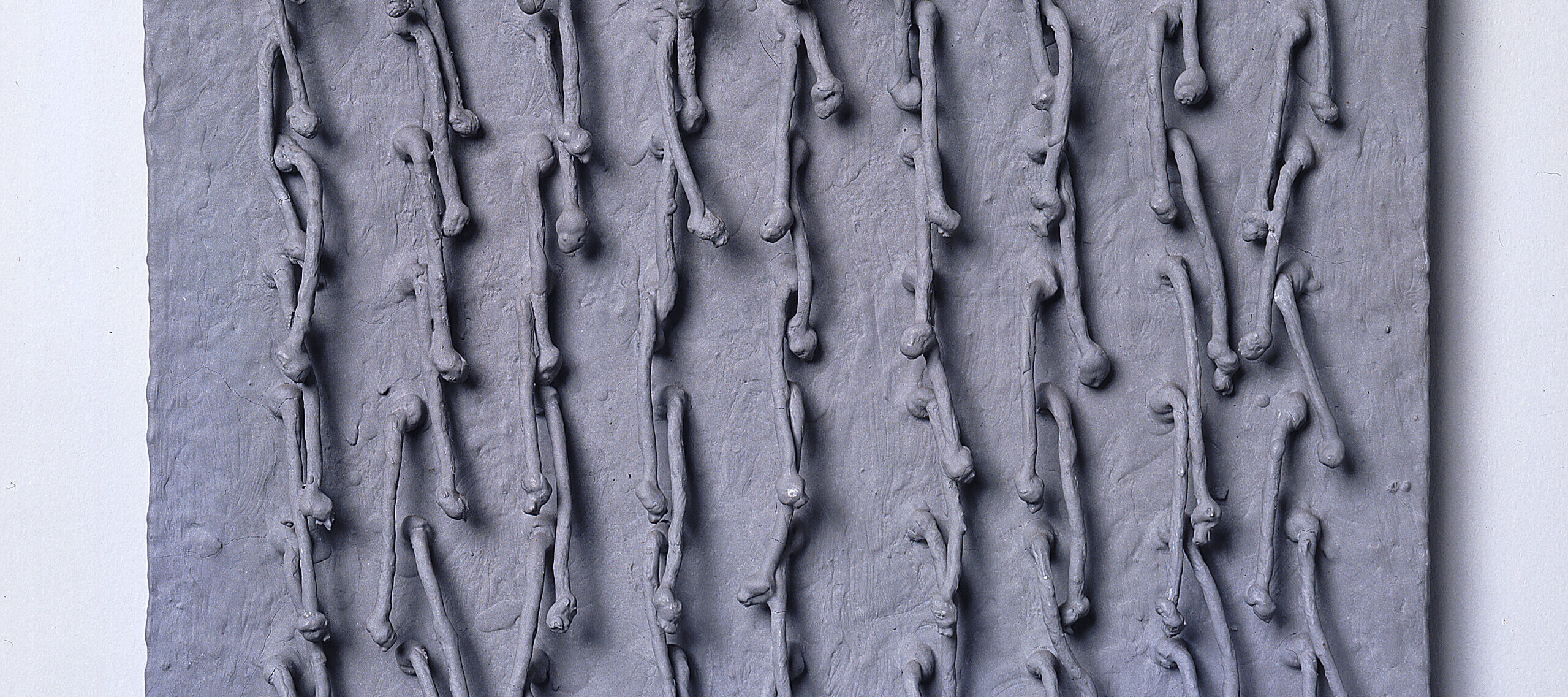The exhibition Inside the Visible is an intellectual dare that challenges the traditional viewing of art history as a series of chronological movements represented primarily by male artists. Instead, it examines the 20th century thematically to reveal how, when, and why women artists became central players for the first time in the history of art.
Including more than 100 paintings, sculptures, installations, drawings, and photographs the roster of artists encompasses such notables as Sophie Taeuber-Arp, Hannah Höch, Louise Bourgeois, Agnes Martin, Eva Hesse, and Nancy Spero. It also includes lesser-known, but highly influential artists such as Claude Cahun, Lygia Clark, Jana Sterbak, Mona Hatoum, and Carrie Mae Weems.
Inside the Visible provides a provocative reading of 20th-century art as seen through the work of thirty-six women artists of vastly different backgrounds and experiences. Long before the issues of identity and gender became the buzzwords of the contemporary art world, it was women who primarily recognized the necessity of creating art that said something significant about themselves and their place in the modern world. Often these artists worked for years in a quiet, solitary way, apart from the mainstream of their thy. Known to only a small circle of artists and collectors, their remarkable achievements were generally recognized late in their lives, after the rest of the art world had caught up with their ideas and discoveries.
But the exhibition goes beyond merely inserting forgotten art pioneers into the chronology of 20th-century art. Rather than presenting a linear survey that would narrowly define women within a chronological succession of established art movements, Inside the Visible attempts to create an important counter-memory to this traditional view of art history. It intentionally brings together and relates women artists’ work from different periods of 20th-century art and different countries of the world to show how they have frequently sought to transcend the dominant culture’s responses to the difference, “the Other”, at important moments of historical, political, and cultural change during this century.
Inside the Visible is organized into four distinct parts that challenge rigid definitions of gender and race. These thematic sections are poetically titled Parts of/for, The Blank in the Page, The Weaving of Water and Words, and Enjambment: “La donna é mobile.” Each is intentionally open-ended and includes artwork from the 1930s-40s, the 1960s-70s, and the 1990s. Developed in this way, the exhibition provides a unique opportunity for us, as viewers, to consider how these works relate to one another across time and space. It requires that we look into each work carefully to understand its relations to others in the section and to the exhibition as a whole.

Installation image of Inside the Visible
The Artist,
Louise Bourgeois
Louise Bourgeois is considered one of the most inventive and influential sculptors of the 20th century for her use of unconventional materials and allusive psychological content.
The Artist,
Eva Hesse
Eva Hesse’s use of unconventional materials, such as rubber, cord, translucent fiberglass, and latex, made her one of the most original and influential sculptors of the 1960s.
The Artist,
Hannah Höch
Hannah Höch documented Weimar Germany’s political and social turmoil through paintings, drawings, prints, and, most notably, photomontages.
The Artist,
Agnes Martin
Agnes Martin’s paintings balance rigid, geometric grids with subtle washes of color. Their formal severity seems to belie their intended spiritual quality.
The Artist,
Sophie Taeuber-Arp
Swiss artist Sophie Taeuber-Arp was a leading figure in Zürich and Paris Dada by pushing the limits of abstraction in paintings, sculpture, and textiles.
